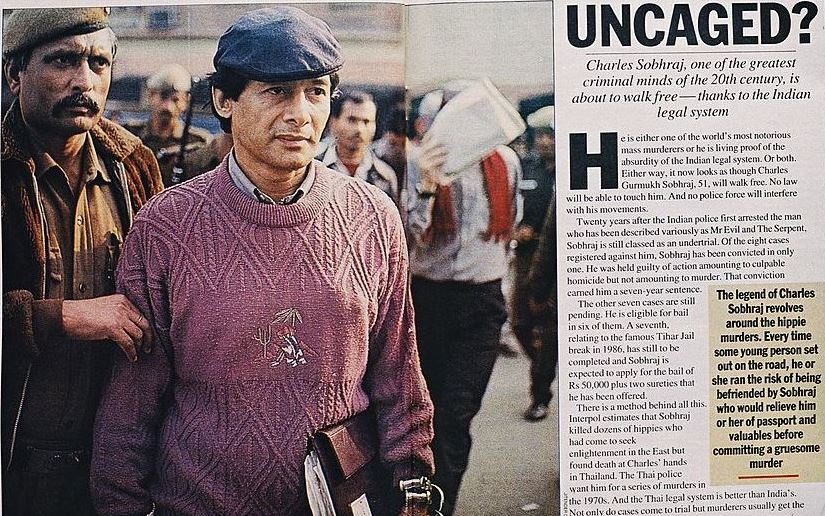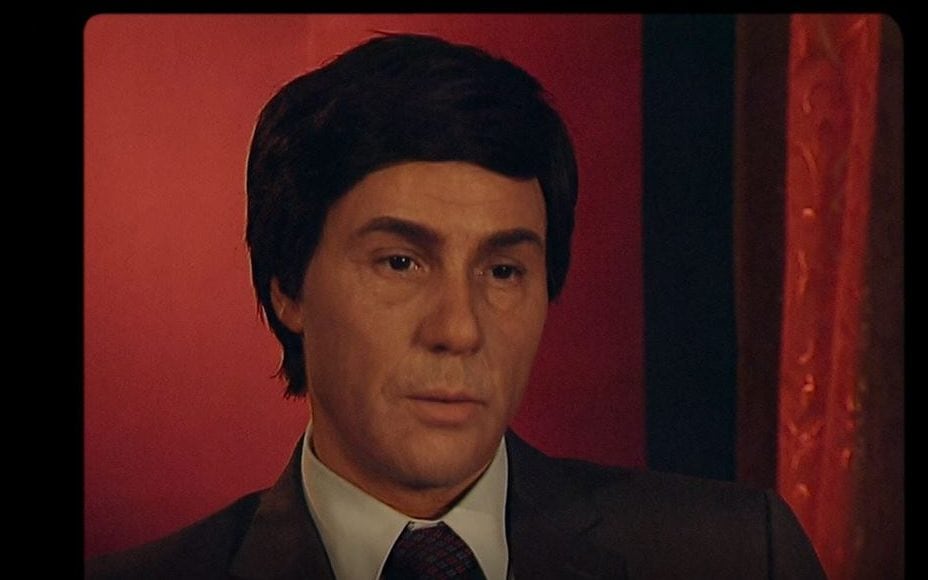BBC One and Netflix’s ‘The Serpent’ is an eight-part crime drama series that profiles the harrowing crimes of Charles Sobhraj, a half-Indian, half-Vietnamese man whose good looks and charming nature enabled him to commit atrocities unapprehended for a long time. With the monikers of “The Bikini Killer” due to his victims’ attire, along with “The Splitting Killer” and “The Serpent” due to his cunning ways, Charles mostly preyed on tourists in Southeast Asia in the mid-1970s, up until his arrest in India in 1976. So now, if you’re curious to know all the details about how he was eventually caught, we’ve got you covered.
How Was Charles Sobhraj Caught?
In the 1970s, a junior Dutch diplomat, Herman Knippenberg, caught wind of Charles Sobhraj after two Dutch nationals traveled to Thailand to stay with him after a brief meeting in Hong Kong, never to be seen or heard from again. Stationed in Bangkok, he and his wife, Angela, built a case against Charles with his neighbors’ help, who knew a bit about his crimes. The evidence they managed to gather in the span of just a few months led to Interpol taking over the case and issuing a worldwide arrest warrant against the French native.

When Charles was in Bangkok around this time, he and his two partners, Marie-Andrée Leclerc and Ajay Chowdhury, were questioned by the authorities. However, they managed to escape to Malaysia soon after, where Ajay disappeared, with some theories suggesting that he became yet another victim of the serial killer. From there, Charles and Marie made their way to India, where they recruited two other women and continued their crime spree. But all of Charles’ plans fell apart in July 1976, when he, posing as a tour guide, drugged a group of French tourists, which took effect faster than he had anticipated.
As the French tourists began to fall unconscious, a small group of them realized what Charles had done and overpowered him before contacting the police, leading to his capture. Although, in ‘The Life and Crimes of Charles Sobhraj,’ it is suggested that Jean Huygens also reached out to the cops a few days after Charles killed Jean-Luc Solomon in Bombay, assisting them as well. Subsequently, when Charles’ associates confessed, he was sentenced to only 12 years in prison. He remained incarcerated in Tihar Jail in New Delhi, where he managed to live a lavish life thanks to his bribes to the guards.

Shortly before Charles’ sentence was to end, he threw a party for all the correctional officers as a thank you for their hospitality. But he had laced their food and drinks with sedatives so as to simply walk out of jail once they fell asleep. Inspector Madhukar Zende (now 83 and retired with the rank of Assistant Commissioner Police) from the Mumbai police caught up with Charles in a restaurant in Goa, after which his prison term was extended by ten years, just as Charles had hoped. After all, the Thai arrest warrant against him was only valid for up to 20 years. Thus, when Charles was released in 1997, he returned to Paris, France, as a free man, where he promoted his infamy.
Charles Sobhraj, for reasons unknown to anyone but him, returned to Kathmandu, Nepal, in 2003, where he was swiftly arrested for the 1975 murders of tourists Connie Jo Bronzich and Laurent Carrière in the city. A journalist from The Himalayan Times had recognized the criminal and published a report on him after two weeks of some careful following. Consequently, all the hard evidence Herman Knippenberg and Interpol had on him helped a Kathmandu district court sentence Charles Sobhraj to life in prison on August 20, 2004. To this day, at the age of 76, Charles remains behind bars in a Nepalese prison.
Read More: Where is Dominique Renelleau Now?


You must be logged in to post a comment.